
Wicca – The Craft
Unveiling Neopagan Witchcraft: A Journey into The Craft
In the mystical realms of contemporary spirituality, the tapestry of the Craft beliefs intertwines, weaving together ancient traditions with modern interpretations. Among these threads lies Neopagan witchcraft, a vibrant umbrella term encompassing diverse neo-pagan traditions steeped in the practice of magic, often spelled ‘magick’ to denote its esoteric nature.
Emerging in the mid-20th century, these traditions found fertile ground in the human psyche, drawing inspiration from the tantalizing allure of the witch-cult hypothesis. This now-dismissed theory posited that persecuted witches in Europe were remnants of a surviving pagan religion, igniting imaginations and birthing movements such as Wicca, the largest and most influential among them.
In the mosaic of contemporary Western culture, individuals from various walks of life embrace the mantle of “witch,” utilizing the term the Craft and its associated practices for self-help, healing, and divination. Yet, amidst this embrace, others shun the label, wary of its historical baggage and negative connotations.
Scholars of religious studies cast a wide net, classifying these neopagan witchcraft traditions under the overarching category of ‘Wicca,’ although dissenting voices within Traditional Witchcraft challenge this classification.
Delving into the origins of witchcraft, a tapestry of historical practices emerges. Throughout history, societies embraced both harmful and helpful magic, with practitioners offering services ranging from breaking curses to healing and love spells. Known by myriad names such as cunning folk or wise people, these individuals navigated the intricate web of superstition and belief, often playing roles in identifying alleged witches.
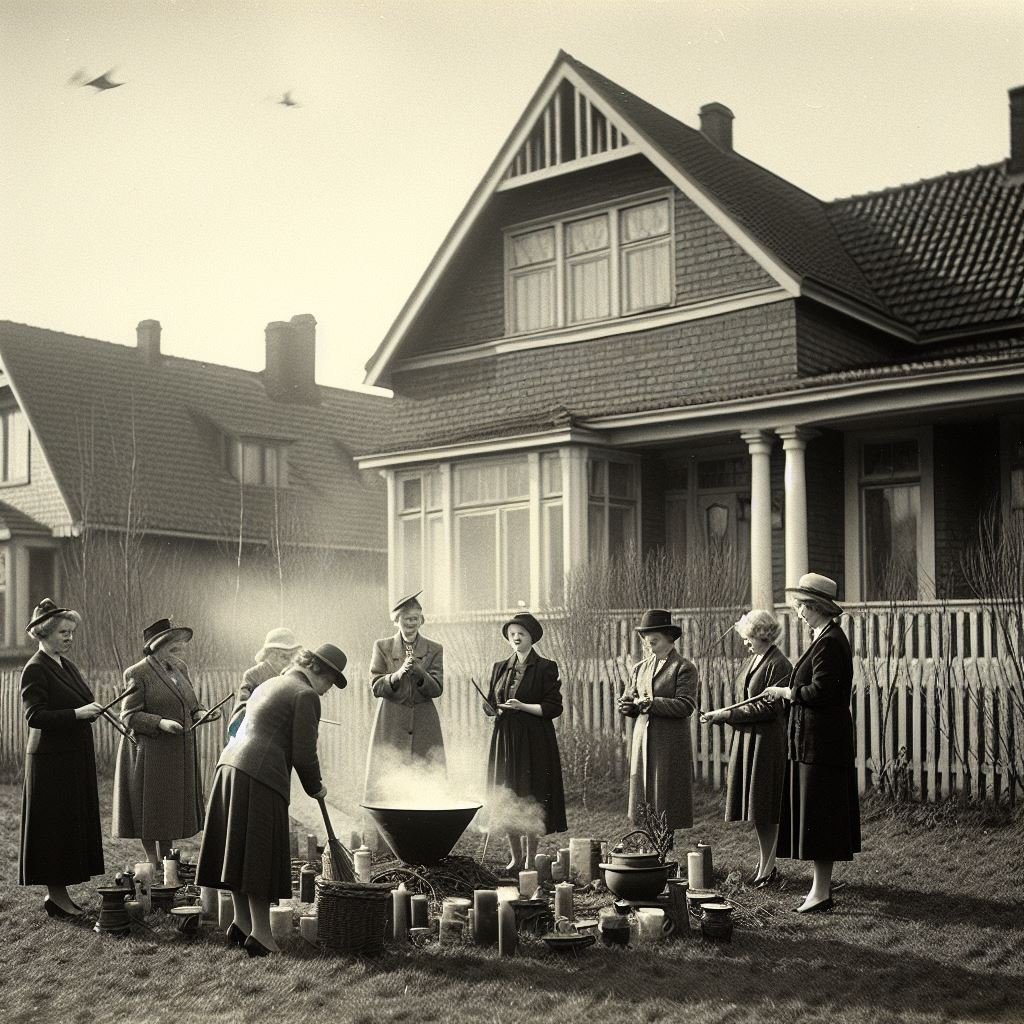
The Craft in the 1930s
The 1920s witnessed the rise of the witch-cult hypothesis, captivating occult circles with its tantalizing narrative of persecuted but resilient practitioners of an ancient faith. Although later debunked by scholars, this theory fueled a resurgence of interest in witchcraft, laying the groundwork for neopagan reinterpretations.
From the 1930s onwards, occult neopagan groups emerged, redefining witchcraft and imbuing it with new meaning. Inspired by ceremonial magic, the writings of Aleister Crowley, and historical paganism, these initiatory secret societies sought to revive and reinvent ancient practices. Among the pioneers was Gerald Gardner, whose claims of initiation into a pagan witch cult sparked a movement that would later crystallize into Wicca.
Yet, Gardner was not alone in his beliefs. Others, including Sybil Leek and Charles Cardell, claimed lineage to ancient witch covens, weaving their own narratives of hereditary or traditional pagan witchcraft.
English historian Ronald Hutton reflects on the unique role of neopagan witchcraft, dubbing it “the only full-formed religion which England can be said to have given the world.”
Venturing across the Atlantic, Gardnerian Wicca found fertile soil in the United States, where it took root and blossomed into myriad new variants. Spearheaded by initiates like Raymond Buckland, the movement gained momentum, evolving and adapting to the cultural landscape of its newfound home.
As the wheel of time turns and the veil between worlds grows thin, Neopagan witchcraft continues to captivate seekers of truth and seekers of mystery alike, weaving a spellbinding narrative that transcends time and space.


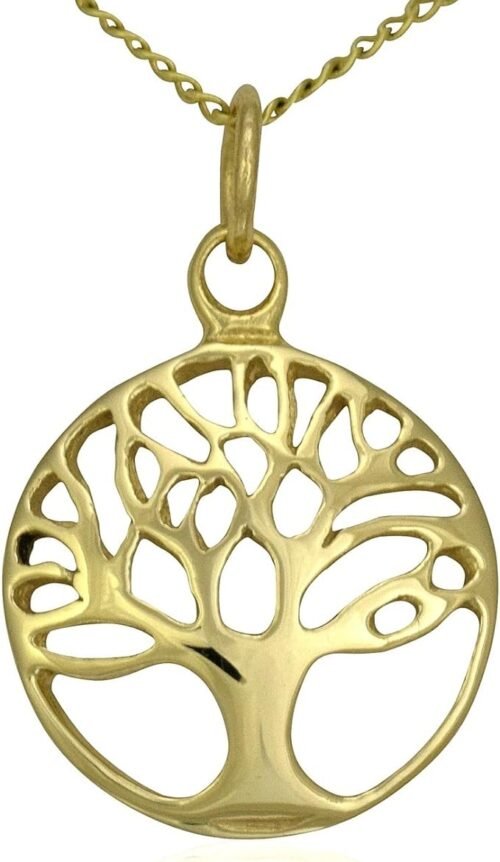

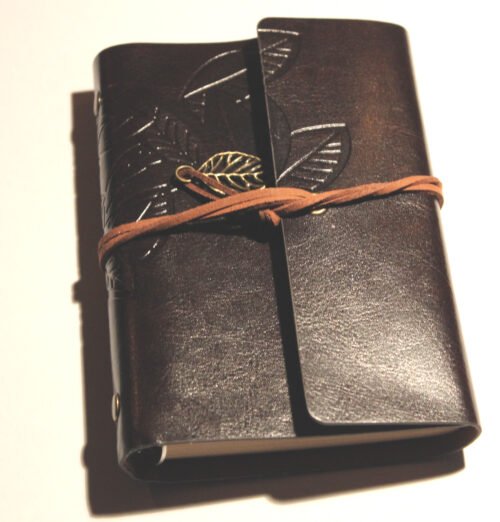



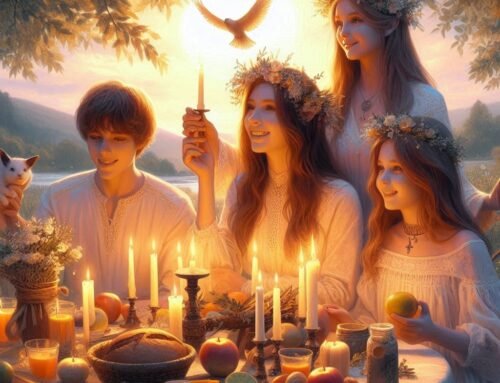

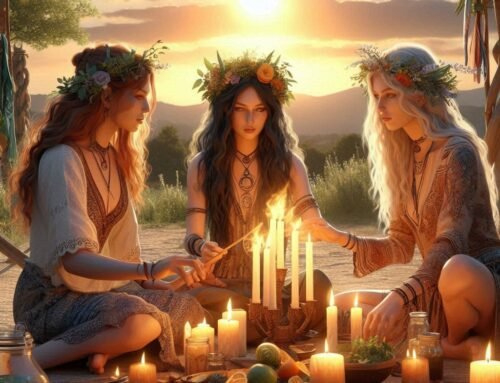
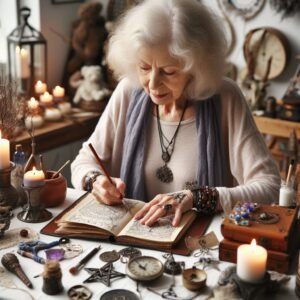
[…] often referred to as the “Old Religion,” or “The Craft,” is a modern pagan religion that traces its roots to ancient European traditions and […]